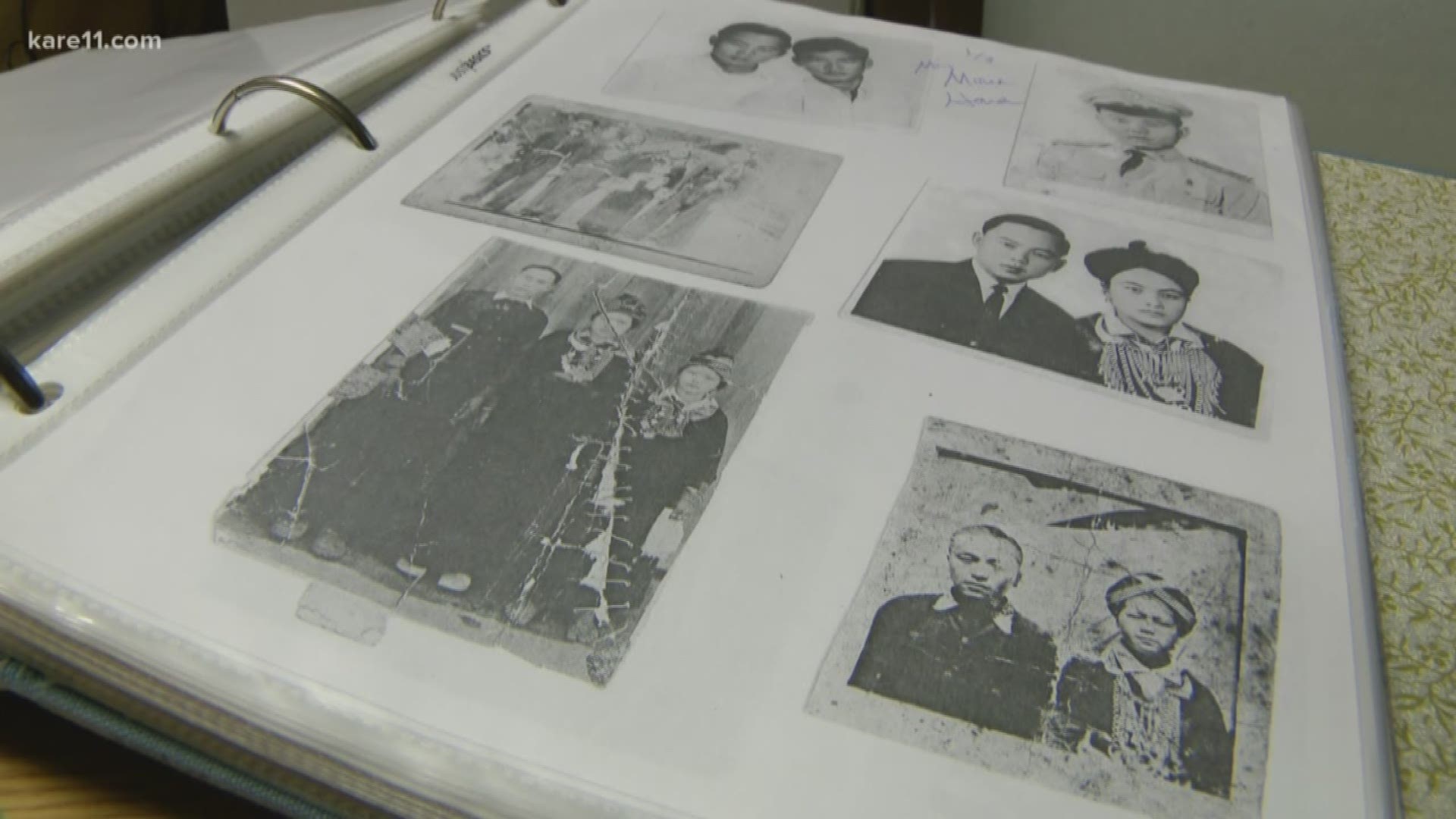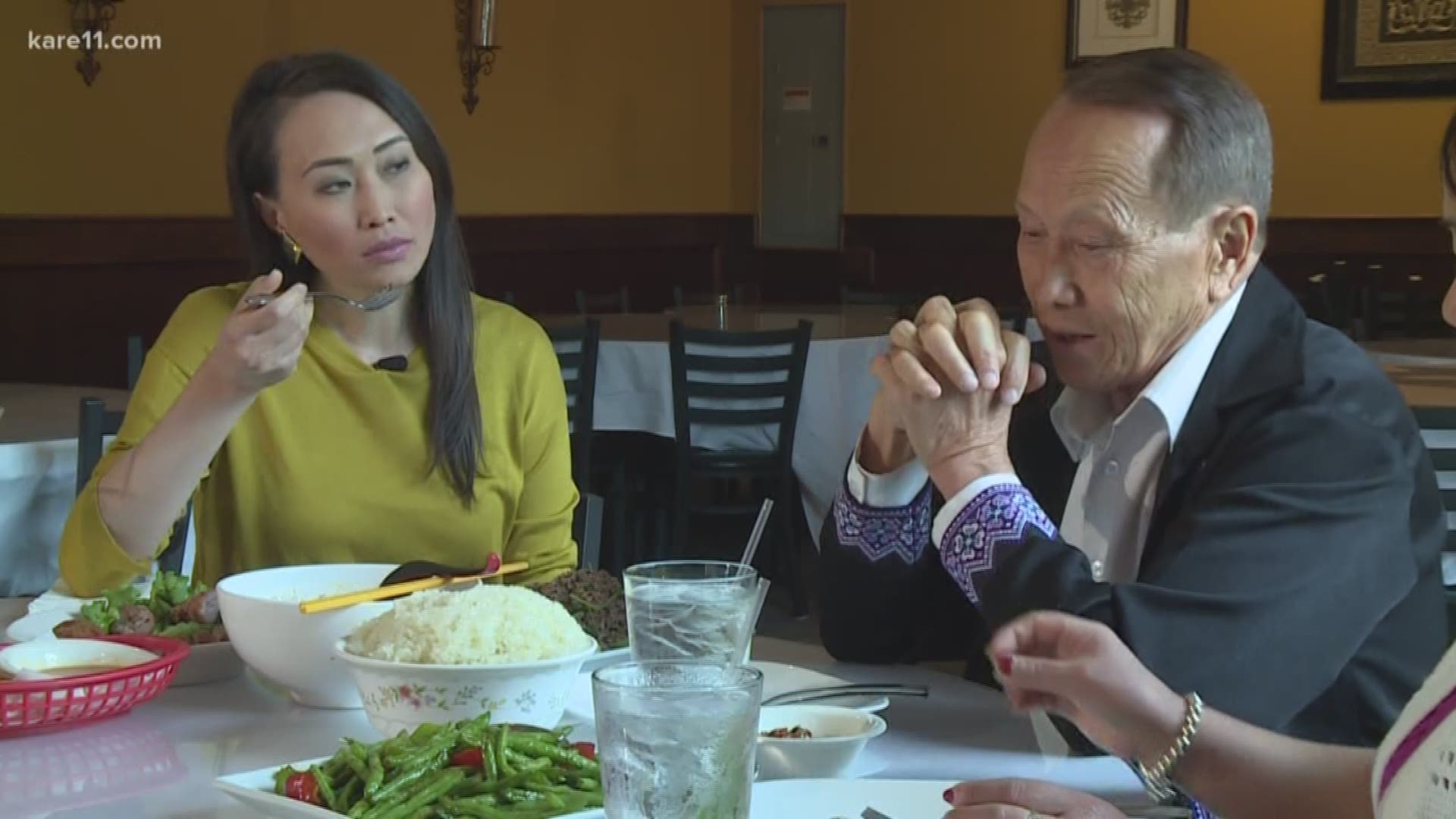ST PAUL, Minn. — Gia Vang is a Twin Cities native who will soon join the KARE 11 Sunrise crew as an anchor. She is also a proud Hmong American, with an abiding interest in both the past and present of her culture.
She recently sat down with Lee Pao Xiong, curator of The Center of Hmong Studies at Concordia University in St. Paul. He says Hmong stories were told through their clothes long ago, including the many outfits he has hanging on the walls of the center. The clothes share the story of why Hmong clans chose to build a life in the Twin Cities.
"This is the largest urbanized Hmong population in the United States," Xiong explained.
Some refugees were placed where resettlement agencies that got contracts from the state department were. Another factor involved the desire to disperse the Hmong in smaller numbers in more places, as the Vietnam war wasn't popular and there was concern as a southeast Asian people they would not be accepted.
"They wanted to disperse people throughout (the country). One thing they forgot is we are a collective society we gravitate towards each other."
The Hmong have come a long way since then, becoming a big part of Minnesota's fabric. Representative Kaohly Her is a great example, as a member of the largest class of Hmong legislators elected to serve Minnesota.
"We had you know so many people doing already amazing things and so the natural thing for us was to say you know where at space can we move into next to be decision makers 32 and so the political realm became the place for that," Her reflected. "What I would like to see happen is for other communities that don’t have representation we have a large southeast Asian community we have a large Latino community we have a large Somali community for them to say if Hmong people have only been here for 40 years and they’ve been able to do this we can do this too."


